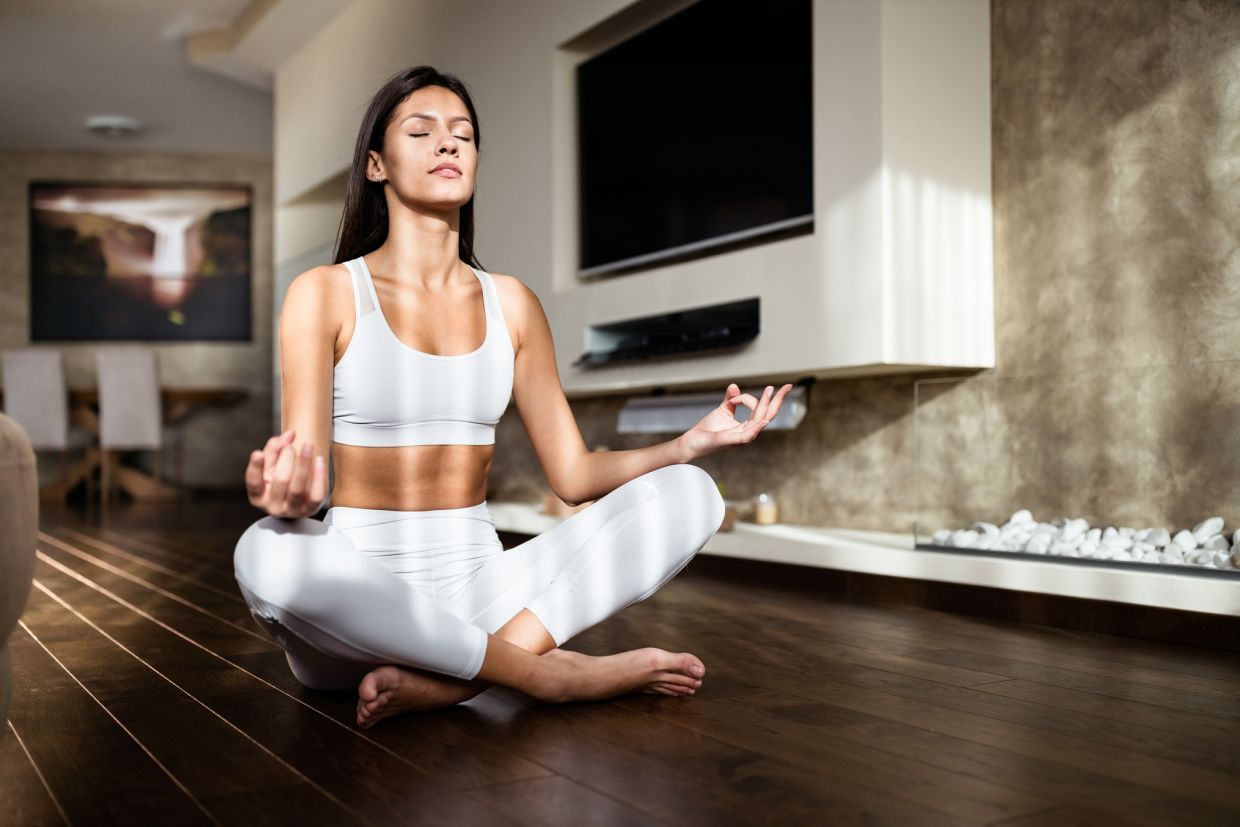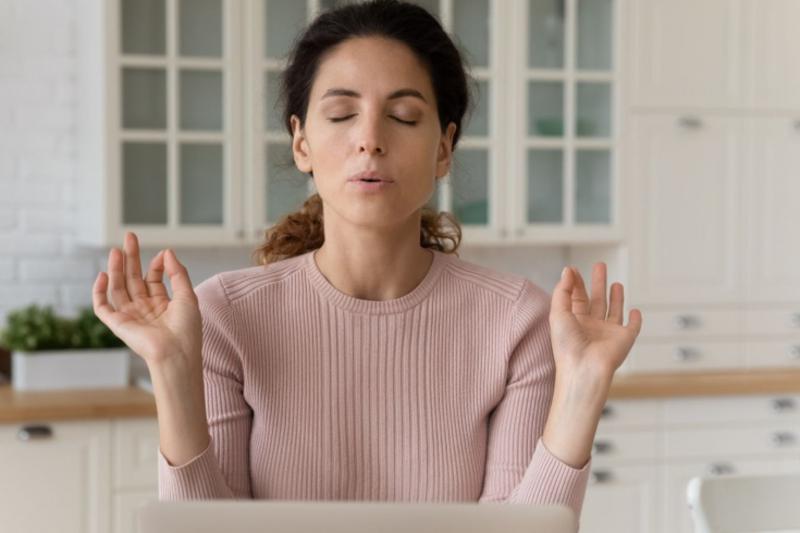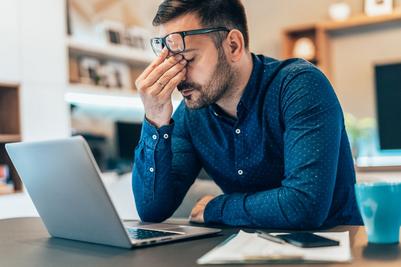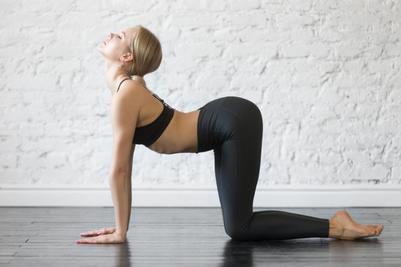Every breath can be a cure. The main thing is to know the principles of action and follow the recipe.
How is stress related to breathing? To understand, it is necessary to analyze the interaction of two parts of the nervous system: sympathetic and parasympathetic. It turns out that inhaling and exhaling significantly affect them. By doing them correctly and consciously, we get the opportunity to manage our condition.

Ekaterina Tur
doctor, psychosomatologist, neuropsychologist, specialist in working with anxiety
The sympathetic nervous system is activated when we are in danger. Its function is to implement one of the "hit/run" defensive strategies. The parasympathetic system is responsible for homeostasis. When it is active, the body is in a state of replenishing resources: rest, digestion of food, etc.
With prolonged stress, the sympathetic nervous system is overexcited and the parasympathetic system is inhibited. The vagus nerve is disrupted. This is the tenth pair of cranial nerves, which regulates a huge number of body functions.
Breathing is the only window through which we get access to the vagus nerve and the entire parasympathetic system. With its help, we can regulate their work.
The main task is to switch the body from sympathetic to parasympathetic. How to do it? It is necessary to remove the signs of "stressful breathing".
Ekaterina Tur: Under stress, breathing becomes chest, fast, shallow. As long as this mode is maintained, the sympathetic nervous system will be active. To slow it down, you need to breathe deeply with your stomach. This gives the transition to parasympathy.
Deep abdominal breathing helps relieve stress in the moment. To survive some difficult situation without consequences for the body. It is also a tool for relieving tension when its cause is not obvious. It's about the state of anxiety.
Ekaterina Tur: In case of anxiety, I advise abdominal breathing techniques that count. These are the modes: "square", "4-7-8" and "6-3-9". Firstly, they allow you to stabilize your emotional state. Secondly, they teach you to breathe properly on a regular basis.

General Settings
- Take a comfortable position. You can sit or stand.
- To relax. Disconnect from the alarm trigger.
- Put your right hand on your chest, your left hand on your stomach. This will help to control the mode. The chest should not rise. The stomach should be slowly inflated and deflated.
- Inhale through the nose. This is an important breathing pattern. Here the rhinocardial reflex is triggered — the control of the heart rate.
- Exhale through the mouth. Lips can be folded into a tube.
- According to the length of inhalation, exhalation and delay, focus on the score provided by the technique.
- Perform about 5-10 cycles, observing the state of health.
- Do the exercise consciously.
The "Square Breathing" technique
- Inhale, counting to four.
- We hold our breath for four counts.
- Exhale, counting to four.
- We hold our breath for four counts.
The technique can be supplemented with visualization — draw a square with numbered corners. Taking a breath for four counts, we will slide our gaze from the first to the second. On the delay — from the second to the third. On exhalation — from the third to the fourth. At the last delay of the cycle, the view will return to the first corner.
Technique "4-7-8"
- Inhale, counting to four.
- We hold our breath for seven counts.
- Exhale, counting to eight.
Technique "6-3-9"
- Inhale, counting to six.
- We hold our breath for three counts.
- Exhale, counting to nine.

Ekaterina Tur: With any of the described techniques, having done at least five conscious cycles, you will receive gratitude from the body. Relaxation will come. The bonuses will be: prevention of lung diseases, improvement of chest mobility, activation of cerebral circulation, etc. If you combine breathing with meditation, you get the perfect mix of options. And to eliminate stress, and to prevent it. It is important to remember that in case of serious distress and increased anxiety, it is worth contacting a specialist psychologist or psychotherapist.
Source: championat
Follow us on в Telegram


















